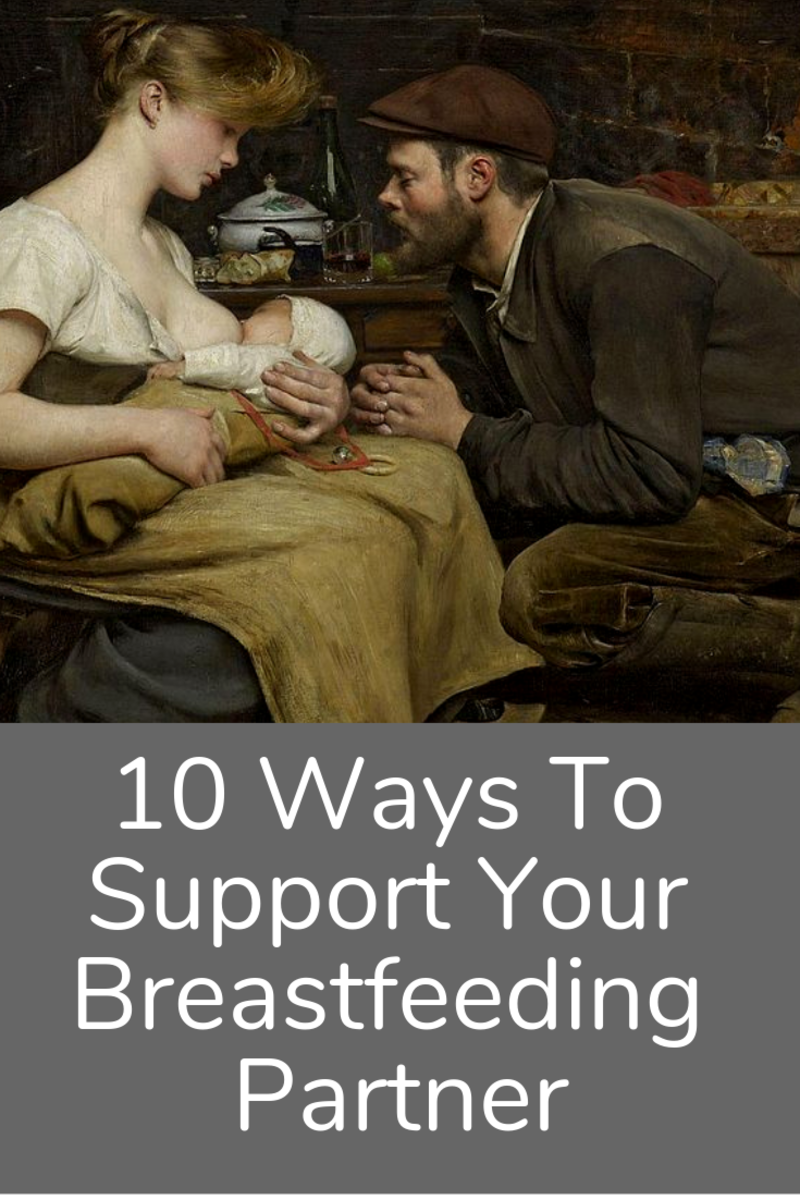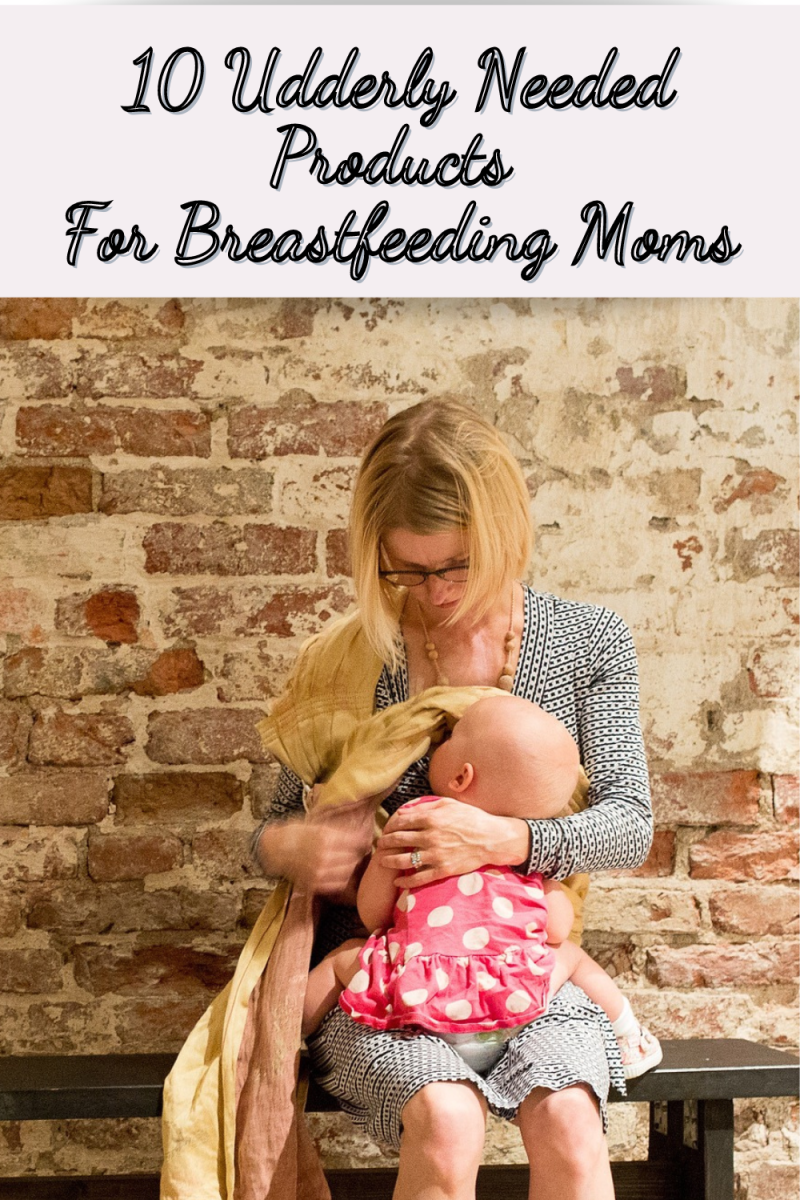Breastfeeding for New Mothers - 15 Tips for Surviving the First Few Weeks

Breastfeeding might be a natural practice that began since the dawn of time, however, that doesn't mean it comes as naturally or easily to all mothers. Contrary to popular belief, breastfeeding is not instinctive and must be learned. During the early days, it can be very challenging. For some mothers, the desire to give up and wean their babies can be very strong. Here are 14 tips to help you survive those early days:
1. During your pregnancy, read as much as you can on the subject. A good book to read is one by La Leche League called "The Womanly Art of Breastfeeding", but basically anything that you can find that offers tips and tricks for breastfeeding will be helpful.
2. Attend those prenatal sessions that talk about breastfeeding and demonstrate how it is done. Although this isn't the same as getting one on one advice on how to breastfeed, it prepares you for the process.
3. Let your doctor know that you intend to breastfeed your baby so that you will be given an opportunity to nurse your baby before he is taken for all those checks they perform right after birth.
4. Make sure you breastfeed your baby once before leaving the delivery room. I've read that a baby's root reflex is strongest at birth and you want to capture this moment before it begins to flag.
5. Get support from the lactation consultant, the nurses, friends and family members who have breastfed before and can advise you on how to go about it. What you need to learn is how to position the baby, how to help baby get a proper latch onto the breast and what is a proper latch. Although this is described quite well in books, it is not the same as having someone experienced in the art of breastfeeding show you how it is done.
N.B. A lot of resources all tell you that if the baby is latched on correctly, breastfeeding will not hurt and that if it hurts, then the baby is not latched on properly. What they fail to tell you is that breastfeeding during the early days does hurt even if you have a proper latch. This is because your nipples aren't used to having a baby's tongue rubbing against it every two hours, twenty-four hours a day. All that friction is bound to hurt! However, once your nipples adjust, breastfeeding with a baby latched on properly does NOT hurt. Any pain that you might feel then is usually an indication that something is wrong - e.g. cracked nipple, blocked ducts, etc.
6. Sensitive nipples usually last for a couple of weeks, maybe more. Applying a breastfeeding ointment like Bepanthen after every feed can help to soothe your sore nipples.
7. Make sure you learn how to breastfeed lying down. In the early days, the lack of sleep from a crying baby is going to make you extremely tired and you will need all the shut-eye you can get. If you can learn to breastfeed lying down, you can rest at the same time.
8. Learning how to breastfeed can take time for both you and your baby. Be patient and practice, practice, practice. Some mothers and babies are naturals and fall easily into the nursing relationship, while for others, it can be quite a nightmare. For me, the biggest challenge, aside from enduring the nipple sensitivity of the early days, was helping Gavin learn to cope with my partially inverted right nipple.
9. Make sure you only allow your baby to feed when you have a proper latch. Sometimes, when you're nursing during the early days, because it hurts anyway, it can be tempting to let the baby suckle on the tip of your nipple - don't! It encourages a bad habit that will be difficult to break late. It also means you'll have to endure the pain of sensitive nipples for longer because it is an inefficient method of nursing.
10. Nurse frequently during the first few days because the more often you nurse, the more quickly your matured milk will come in and the more milk you will produce. A good guideline to follow is to breastfeed for 10-15 minutes per breast at least 8 – 10 times a day. If for, any reason, you are not able to nurse your baby, you can help encourage your breasts to produce more milk by applying a breast pump to it. One recommendation is to use an electric pump on the lowest setting for as long as you would otherwise nurse your baby.
11. Try to breastfeed your baby before he starts to cry for food because a crying baby finds it harder to latch on. Plus, if he's really hungry, he'll get frustrated if he has difficulties latching on.
12. During the early days, your baby may tend to sleep through feeds (especially if your baby is jaundiced because jaundice tends to make baby lethargic) so it is important to wake your baby for a feed if it has been four hours since the last nursing session.
13. It will take time for your body to adjust its milk production to the needs of the baby. In the initial days it will be insufficient and you will find your baby needs to nursing very often to help build up the milk supply. After a while, there will be over-compensation and you may find your breasts producing more milk than your baby requires. If your breasts are engorged, you may have to express a little before nursing your baby because it is difficult for your baby to get a proper latch on an engorged breast. However, avoid expressing milk unnecessarily because this sends the message to your body that you need to continue producing more milk and will not help to resolve the engorgement problem.
14. If you have baby bottles, pacifiers, etc., make sure you hide them from family members who may unwittingly sabotage your nursing relationship with your child. During the first few days of nursing when your breasts are producing colostrum and possibly even after when your breast is slowly adjusting to the volume of milk that your baby requires, misguided but well-intentioned family members are often concerned about whether the baby has enough milk. They may advise you to offer additional formula "until your milk volume builds up". The problem with this is that breast milk is produced on demand, therefore the best way to make more is to put baby on the breast more often. A baby that has been satiated with formula milk takes the breast less which results in less breast milk being produced. Offering formula to a baby can hinder milk production.
15. This last piece of advice was given to me by a friend - take it one day at a time. Whenever you feel like giving up, just tell yourself, "I'll do it for one more day." At the time she told me, I was still pregnant and I didn't understand what she meant. But during those early days of breastfeeding, those words were the only thing keeping me going through all the discomfort and the struggle to help Gavin cope with a partially inverted nipple because I really wanted to quit. Thankfully, I didn't and I eventually arrived at a day when it all started to get easier.
It is important to remember that the breastfeeding experience is
different for every mother and child. For some it is easier, for
others it might be harder. Regardless, if you are determined to
breastfeed your baby, you can. Surround yourself with the right
support and be firm against individuals who are negative towards breastfeeding. It is tough enough learning how to breastfeed a baby without unnecessary negativity and comments about how bottle feeding would be easier.







